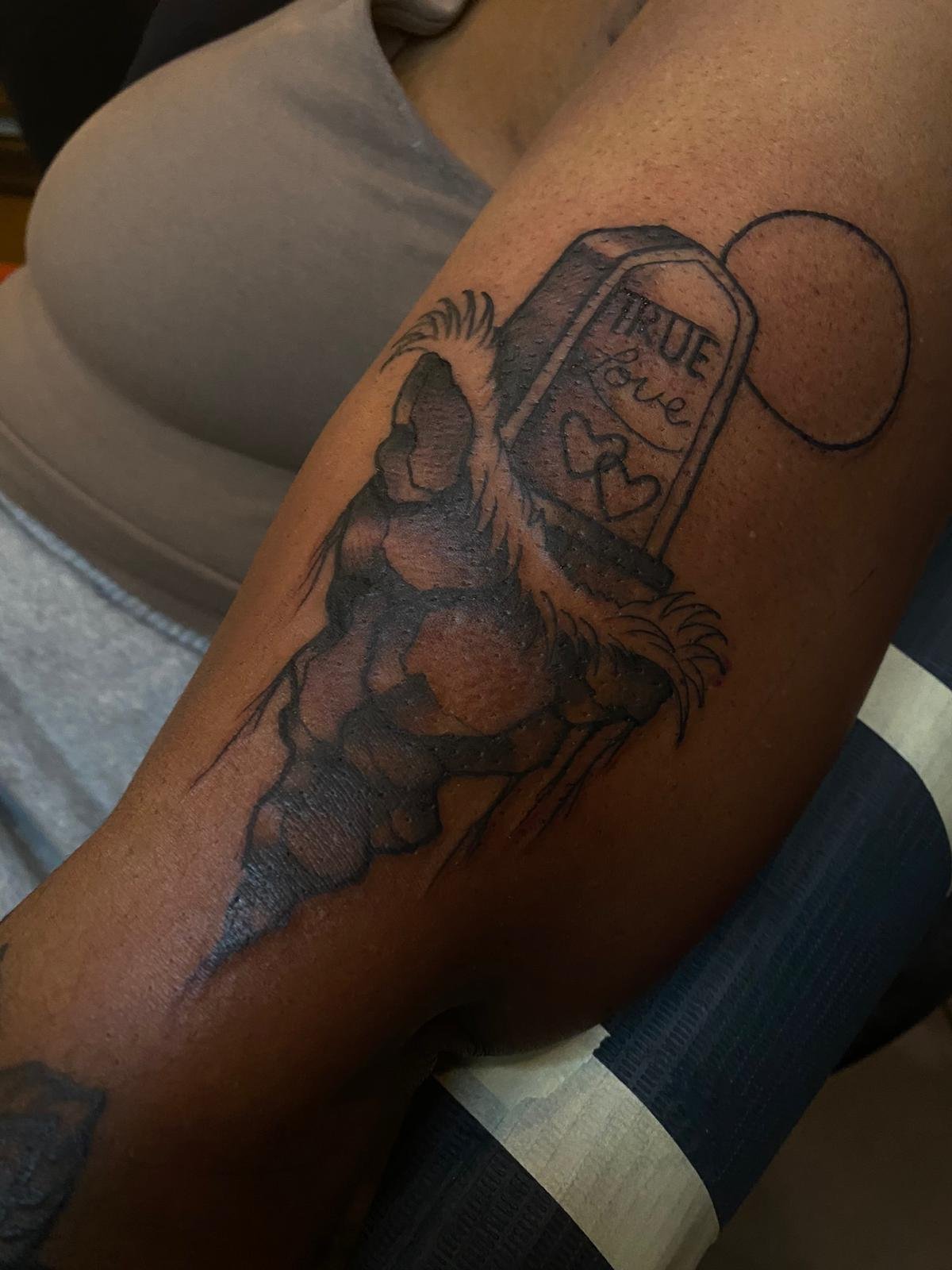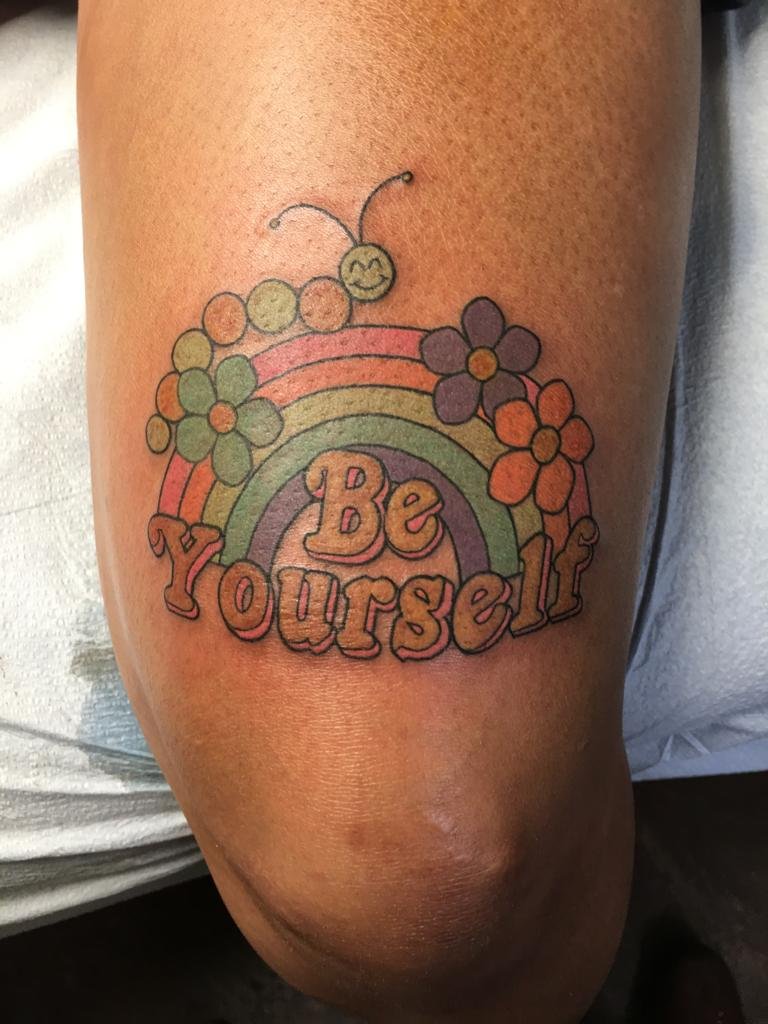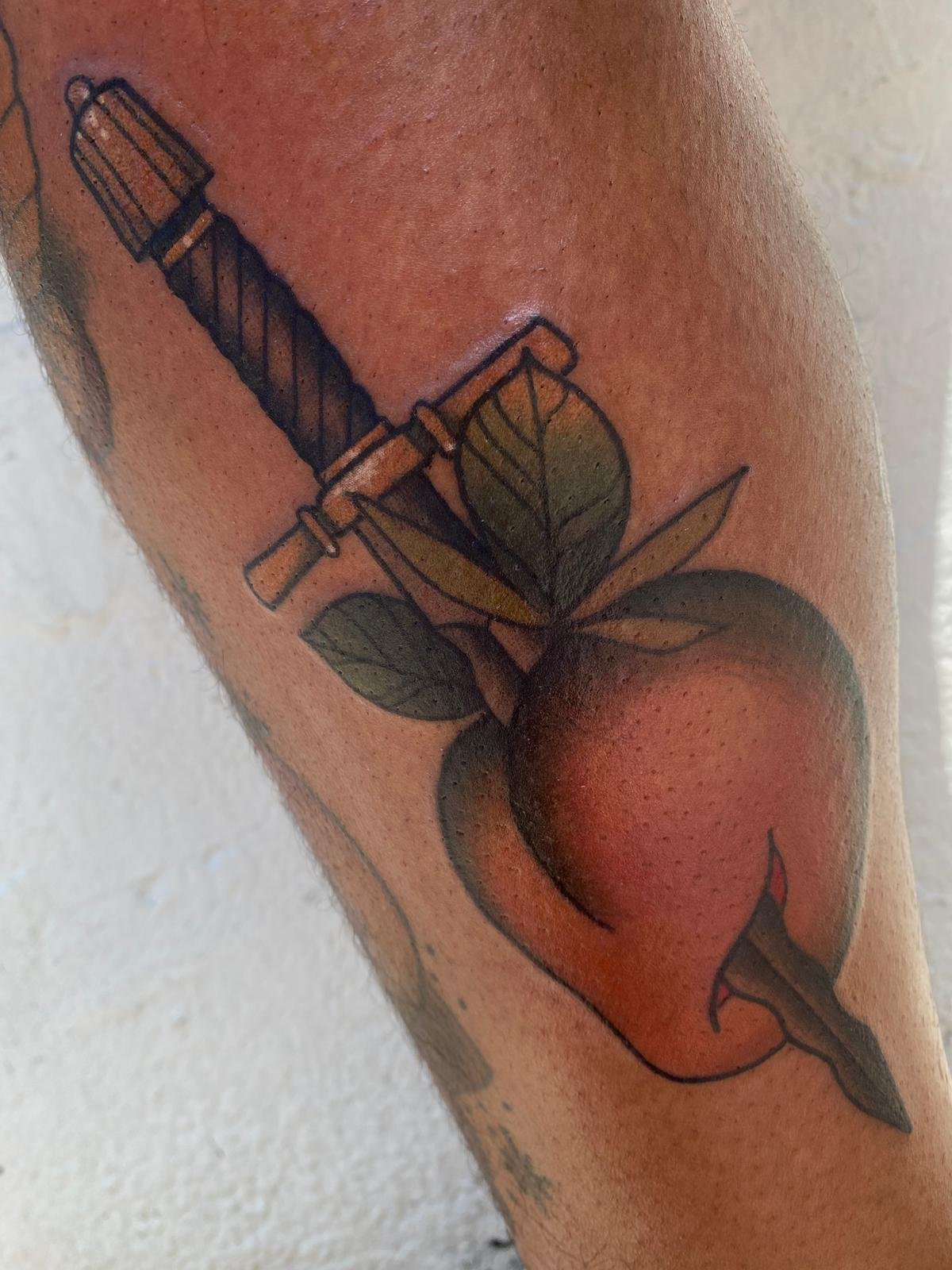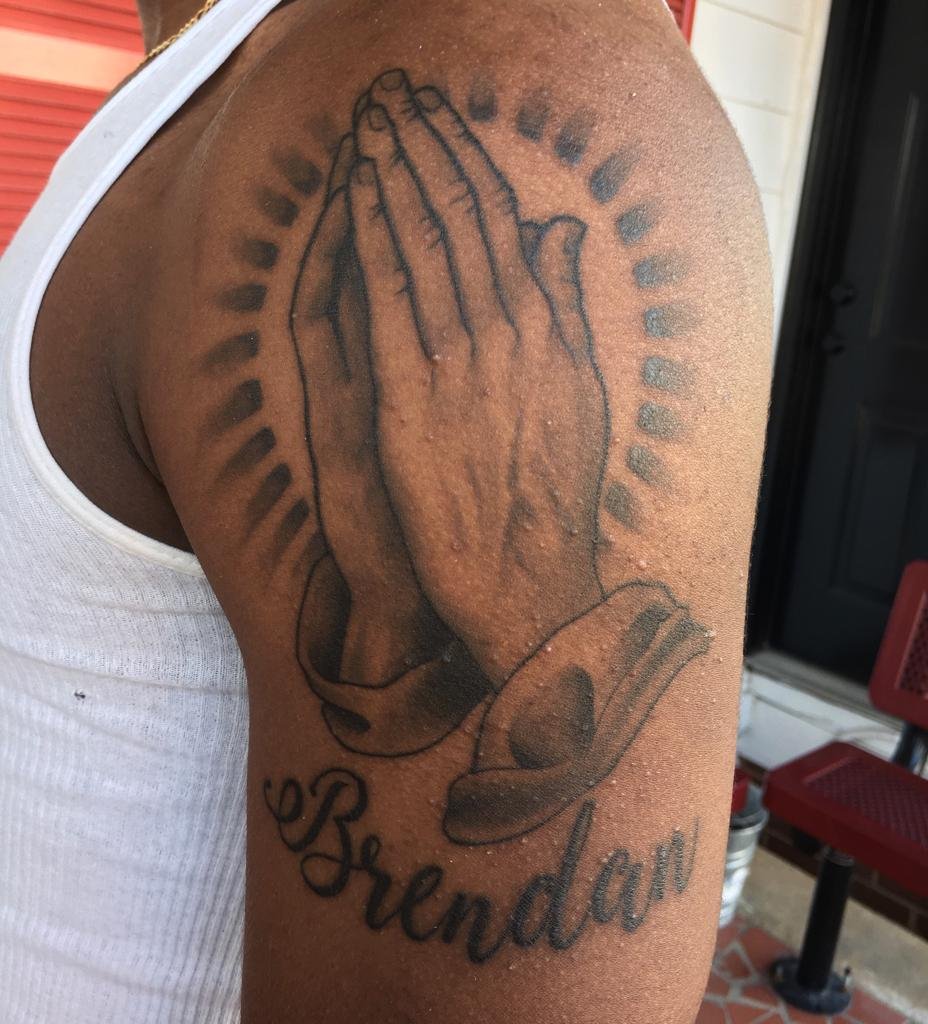The Color Theory Behind Tattoos on Diverse Skin Tones
Our studio's location just outside of Atlanta attracts a diverse clientele that we are proud to serve with exceptional tattoo craftsmanship. Early in my career, before I became known for illustrative color tattooing, I tackled tattoos in every style on all kinds of skin. Through my journey, mentors, experiences, and the evolving industry have provided me with valuable insights into the technical application of colored inks on skin. In fact, between 2014 and 2016, I traveled to tattoo conventions and conferences to teach a color theory seminar called “The Tattooist’s Palette,” which was eventually recorded and has been viewed by thousands of tattoo artists.
Even with all my personal experience and the collective wisdom I’ve gathered from educational materials by peers, I still hesitate to position myself as an authority on this topic. When I reviewed the photo documentation of my career, I found that I didn't often capture healed photos of work on darker skin. Even though I tattooed clients from all walks of life, I generally advised a conservative approach to the use of color. For suntanned or melanated skin, I would suggest black and gray. This tried-and-true approach to avoiding color on darker skin was deemed more predictable and less risky for the outcome of the healed tattoo.
What I hadn’t realized through those years was that I was perpetuating a one-size-fits-all mindset, rather than exploring the potential to challenge and break the established norms. I didn’t recognize that by not encouraging clients to participate in the discovery process about how tattoo ink settles into their skin, I might be endorsing a potentially misleading notion that color doesn't "work" on darker skin.
In this article, I aim to explore the topic of colored tattoos on darker skin through the lens of color theory. For potential clients curious about how color will appear on their unique skin, I hope to illuminate the best practices and explain the reasons behind them. Additionally, I'm keen on the opportunity to tattoo more colorful pieces on a broader spectrum of clientele in illustrative and ornamental styles. If I get that chance, I promise to be meticulous in documenting the entire journey, from the digital mockup to the final healed tattoo.
Here’s a photo of a devil tattoo before and after healing. Tattoo and photos by Brooke Lowe
The Old Rules of Tattooing on Darker Skin Tones
Early in my career, mentors often echoed a consistent approach when it came to tattoos on darker skin tones: simplify, emphasize silhouettes, and be cautious with lighter tones. As the skin tone darkens, the lighter end of the value scale becomes less accessible. Hence, black ink - the darkest and most enduring pigment - takes precedence, especially in such contexts. The rule that all tattoos must have black ink is another way of saying that all tattoos must have CONTRAST. Right now, you are viewing black letters on a white background. Black and White couldn’t be any farther away from one another on the “Value Scale” therefore the contrast between black and white is as high as it gets. Now when we introduce a skin tone in place of the white background, the contrast between that skin tone and the black ink is reduced. How far contrast is reduced is a factor of how dark the skin tone is and how “black” the black ink appears to be after it is healed and settled in to the skin.
This freshly tattooed black and gray rose tattoo was tattooed next to an older previously tattooed butterfly. To bring more clarity and contrast to the butterfly, white ink was applied. Notice that the rose petals have a soft gray wash shading that leaves half of each petal completely free of any ink. This is the classic approach to an illustrative rose tattoo in black and gray on a darker complexion.
Diving Deeper into Color Theory
Navigating the realm of color tattoos on darker skin tones is akin to a tightrope walk. However, a solid grasp of color theory can provide a safety net. Historically, black, red, and green inks have been recommended for melanated skin due to their capacity to stand out and maintain vibrancy. For instance, during my early training, I was taught that red roses paired with green leaves were an ideal choice for clients with darker skin seeking a color tattoo. Fortunately, roses have remained a popular request through the years.
Consider, for instance, this blue rose tattoo on a man's hand. Following a burn, an incredibly vivid pigment, which had been embedded in the skin for years, became temporarily visible. Notice the graying effect of sun-exposed skin over the actual color of the blue ink.
It wasn’t until I delved deeper into color theory that I understood WHY intense shades of red and green resonated so beautifully with darker skin tones. The key, I believe, lies in complementary colors. Here's a bit of clarification: colors, or "HUES," positioned directly opposite each other on the color wheel are deemed complementary. They enhance each other's beauty when placed side by side. However, when blended, they neutralize or "gray" each other out. This is the outcome when you combine red and green.
Consulting the color wheel below, you'll observe that brown resides within the yellow-orange segment. This is because brown essentially is a "grayed-out" yellow-orange, achieved by introducing its complementary color, blue-violet. Depending on the mixing ratios, combining yellow-orange and blue-violet can yield shades ranging from burnt orange to brown to a muted blue-gray.
Given this, it's logical to infer that blue-violet ink, when applied to and viewed through brown skin, might lack intensity.
So, what makes red and green inks stand out so distinctly in darker skin tones compared to others?
Color theory provides the explanation. Visualizing the color wheel as 12 pie slices, red and green sit three slices apart from yellow-orange and blue-violet. Much like the stark contrast of black against white, red and green pop against brown due to their pronounced contrast.
What happens when we simulate the effect of skin color over the tattoo ink colors? Which colors stand out to your eye? Notice the reds and greens, now look at the colors surrounding blue-violet. Which colors are indistinguishable to your eye?
One significant factor many overlook is the distinction between fresh ink and its appearance when healed. Freshly applied ink, sitting both in and atop the skin, is viewed differently compared to settled ink, which is beneath the skin's upper layers. When seen through darker skin, it's akin to observing hues through tinted glass, where the skin's melanin acts as a filter, influencing the ink's final shade.
As seen in the color wheel visualization above, the skin tone sitting above the colors has a noticeable effect on our perception of the color. But even though the color may appear different, that does not mean that we can’t enjoy it’s appearance. Working with color on any skin tone is both an artistic and a technical challenge. It is the artist’s job to develop an understanding of how tattoo inks look when they are freshly applied AND healed in the skin. If color tattoo artists focus solely on the fresh appearance without considering the healed look, they're missing part of the picture. While tools like graphics can help, there's no substitute for firsthand experience.
Challenging the Norms: Tattoos on Melanated Skin Today
Today, the internet is filled with captivating examples of colorful tattoos on darker skin, challenging age-old conventions. Pioneering artists are delving deeper into the intricacies of tattooing on melanated skin, reshaping norms, and bridging knowledge gaps.
As tattooing's popularity continues to surge, the new generation frequently questions the old rules. As an artist who believes that the healed tattoo is what truly matters, I deeply wish more artists would share images of healed work, offering a more grounded view of the end result. It's understood that capturing a healed tattoo requires a client's return visit after the tattoo has settled, but it's on us to educate, both as artists and clients.
I hope this dialogue continues to evolve. While this article might not be the exhaustive deep dive that diverse clients truly need, it seeks to spotlight the artistry of tattooing diverse skin tones. Our primary role as artists is to guide with advice, always rooted in deep respect for every unique individual who walks into our studio. Together, we hope to guide you towards a tattoo you'll adore for a lifetime.
























